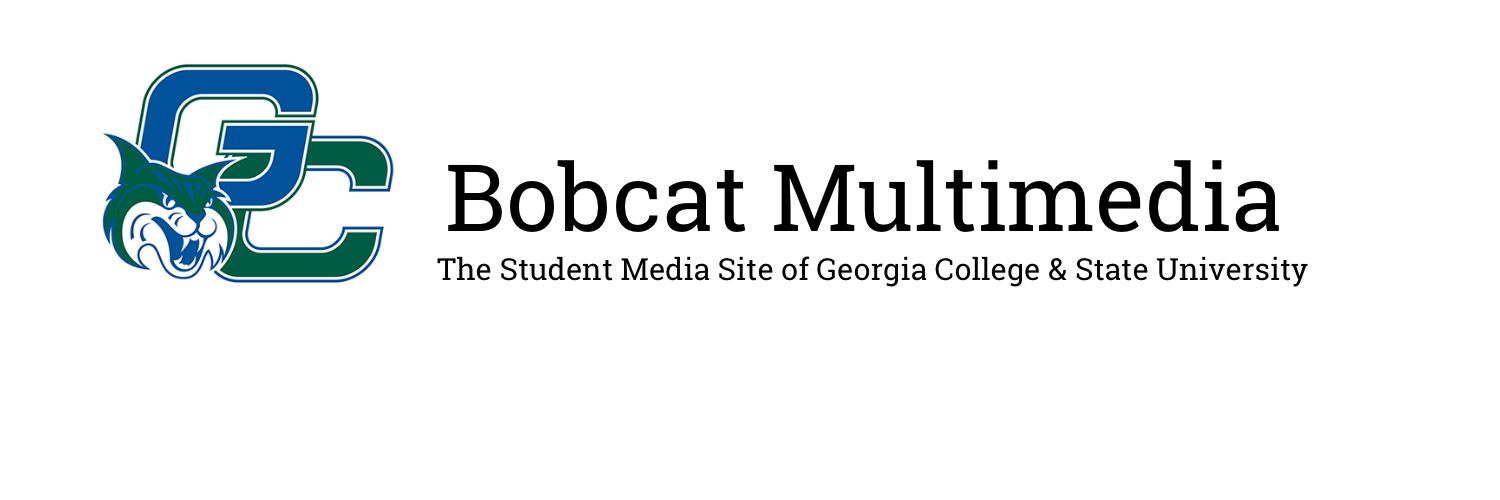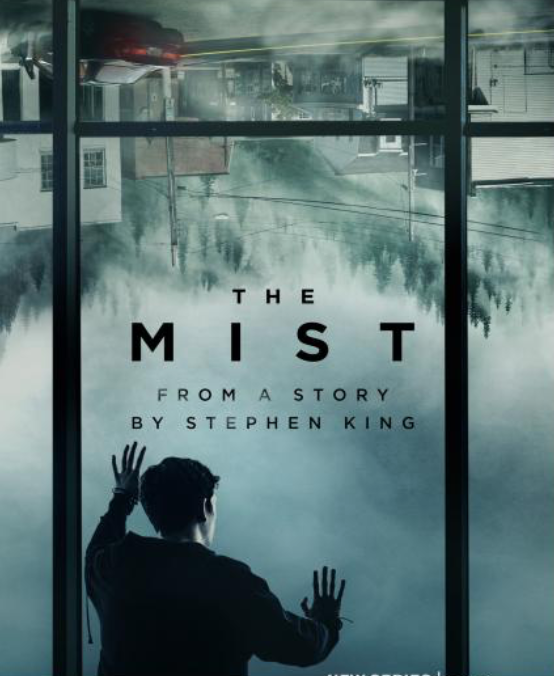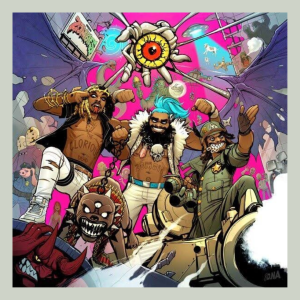“The Mist” and its relevance today
February 1, 2023
In Frank Darabont’s film adaptation of “The Mist”, written originally by Stephen King, many of the prejudices that are inherently different today, continue to prove that societal ideals have not evolved for the better.
Darabont, having already directed two other King adaptations, “The Shawshank Redemption” in 1994 and “The Green Mile” in 1999, was hoping critically acclaimed awards would follow his production of “The Mist” in 2007. However, with the debut of this film appearing in theaters during Thanksgiving Weekend, audiences were taken aback by the apocalyptic events captured in a small town followed by an unpropitious ending.
Long story short, audiences were not pleased leaving theaters. But how does their unsettling feeling towards this movie and its underlying messages relate to society today?
Remaining true to King’s original vision, “The Mist” captures the storyline of a father and son taking a trip to the supermarket to stock up on food supplies for an approaching storm. It is there that the father, character, David Drayton, and his son find themselves trapped in a supermarket with other shoppers when a perplexing mist drifts into town. Darabont wanted to capture The Twilight Zone’-esque theme with monsters and other unspeakable creatures lurking behind the translucent mist. Much of this film focuses on the actions of the people within the supermarket, highlighting the differences in their approach to decide what to do about the mist. While some shoppers were focusing on surviving and escaping the supermarket, others were drawn to Mrs. Carmody, a supermarket attendee preaching the gospel, and her religious explanations to this mysterious mist.
In attempts to help create a theme for how society can turn on itself during high stress situations, Darabont includes a poster of the 1982 film “The Thing” (a remake of the 1951 film “The Thing From Another World”) within the walls of main character David Drayton’s studio in his home. The film helps to provide a visual depiction of how society, men, acts when they believe that the world may be crumbling. That juxtaposed with the fact that the United States had just entered its fourth year of the war in Iraq and with the most devastating economic recession around the corner, audiences were left feeling very unsettled.
This story, being set within a small town, meant that the patrons attending the supermarket knew each other, further adding to the horror of the events that would happen within those walls. Because the patrons knew each other, any outsiders were highlighted, including Drayton’s neighbor Brent Norton, a lawyer from out of town. These distinctions made between “townies” and “out-of-towners” meant that they did not fit into a survivalist or evangelist faction that the supermarket attendees divided itself into. To combat this, Norton, an out-of-towner, pointedly comments on the fact that himself and the other out-of-towners may “pay taxes here” but remain unwanted. The out-of-towners were made to feel like immigrants to the country being ostracized from the group.
Brent Norton was a unique character depicted in this film, not only for the context of its production in 2007, but also in modern times. Following true to many of King’s stories, he is the only African American in an all-white story. He plays an antagonist, meaning his rationality goes against that of David, the protagonist in the story. While David believes the creatures are real because he witnessed a gruesome scene in the back of the supermarket, Norton believes that there must be a rational explanation for the “creatures” David describes to the group. Norton, clothed with his “rationality,” leads a group of “out-of-towners” into the mist early in the film, and they are never seen again. The “mystical negro” (Lopez, 2017) is a trope in several of King’s texts. Though not as offensively portrayed as John Coffet in “The Green Mile” John Coffey, Norton proves to be an oddly irrelevant character within this film. With this film being produced in 2007, it is hard not to associate Norton’s character, a lawyer in contrast to a white main character, to Barack Obama, a lawyer who began his campaign for presidency the same year as the film’s release.
Norton’s character relating to Obama in 2007 speaks to a new landscape of racial divide in 2023, with his removal from the story’s narrative. The attendees of the supermarket, where every character is white, are shown guarding themselves from the mist with a horror that’s different – in every sense, including racially. This aids in the scene where the supermarket residents do not try to stop and are almost eager to give Norton up to the mist because of his race. This narrative depicts white-on-white violence that can almost be seen as irrelevant in our society because this violence is mostly overlooked for being incited due to skin color. The evangelist in the story, Mrs. Carmody, even makes a comment when speaking towards nonbelievers as believing they are “privileged” to survive and believe they are entitled to this privilege, much as our society believes there is privilege based on race or class rank.
Mrs. Carmody’s character not only represents small-town conservatism but also small-town thinking. The store’s attendees are shown dividing themselves into factions, some of which believe she is a disciple, speaking with God’s tongue or that she has lost her mind. Supermarket employee, Dan, describes the attendee’s reactions as “scar[ing] people badly enough … [will] get them to do anything. They’ll turn to whoever promises a solution.” Mrs. Carmody’s character is exhibited as carrying both traditional and frightening beliefs, sharing that her solutions are from holy texts and her “facts” are true, depending on an individual’s personal thinking. In modern times, Carmody’s fears turn inward, and with the viewpoint of Donald Trump’s presidency, we can see how Carmody’s rhetoric, established in religion, can be perceived as societal fears. Her idea, derived from Abraham wanting to sacrifice young boys, can be applied to the dismissal of minorities or other marginalized community members.
The film ends with Drayton, accompanied by his son and other survivors, driving away from the supermarket in attempts to escape the mist. They inevitably run out of gas, and white hero Drayton, kills all of the survivors in attempts to spare a gruesome death at the hands of the monsters in the mist. Drayton, with no bullets left to end his own life, steps out into the mist to die. Within 10 seconds, the government appears from the mist with everything under control. In 2007, with the country at war and on the brink of recession, this ending depicts a theme of humanity’s quick will to kill for the greater good. Drayton, believing he is saving his compadres from a horrible death, ultimately comes to find that these actions were unneeded and over the top. In 2023, this ending holds a new truth: The government, unseen and uncaring throughout the film, takes its own time cleaning up their messes. The government’s arrival at the end of the film will never provide Drayton with comfort because the damage had already been done. The film’s message provides audiences with a piercing look at humanity coupled with this same outlook on government employed by humanity.
“The Mist” remains a truly frightening horror story with its message changing as the years tick on. I can only imagine how its haunting message will remain true in years to come.




